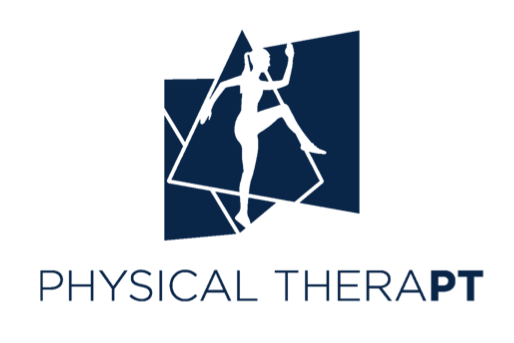Back pain can be normal for pregnant women as their bodies adapt to accommodate the growing baby, but that doesn’t mean it should be ignored. It’s important to maintain a clear line of communication with your healthcare team if you are experiencing unusual pain or symptoms. First, check with your OB-GYN. When you are cleared for exercise, make an appointment to work with a licensed physical therapist or ATC.
Your evaluation is an in-depth assessment, looking at things such as your movement patterns, strength, balance, musculature, and joint mobility. After this thorough evaluation, your clinician will customize a treatment program that works best for you. Your clinician will instruct you in strategies for pain reduction as well as help you educate you on appropriate body mechanics. For example, if you have other young children at home, it is important to learn how to lift and carry them while minimizing repetitive stress. Manual therapy techniques may also be a beneficial part of your treatment plan.
A primary part of injury management for lumbo-pelvic pain is neuromuscular re-education - a type of exercise that helps retrain muscles how and when to work. As your body changes with pregnancy, you are constantly navigating a new center of mass, increased joint laxity and general comfort. Typically, pregnant patients should focus on the muscles of the back and core, and sometimes pelvic floor strengthening depending on clinical presentation. Expect your exercise program to also include general strength training, endurance exercises, and balance training.
Until you meet with your clinician, try some of the following suggestions:
Break up tasks to allow for rest. For example, try prepping food ahead of time so that cooking dinner doesn’t have you standing at the counter for an hour or more.
Avoid hours sitting. Try alternating between sitting and standing. Utilize a reminder on your smartphone if you’re working from home to change positions!
Try a warm bath or shower to help relax tight painful muscles. For the health of the baby, you must be careful not to overheat. If you prefer to use a hot pack, place extra towels between it and your skin.
Take a prenatal yoga or prenatal pilates class. Remember to inform the instructor of any pain or discomfort you may experience. If you have a regular exercise routine, working with a coach can be helpful in adapting movements and ensuring your safety.


